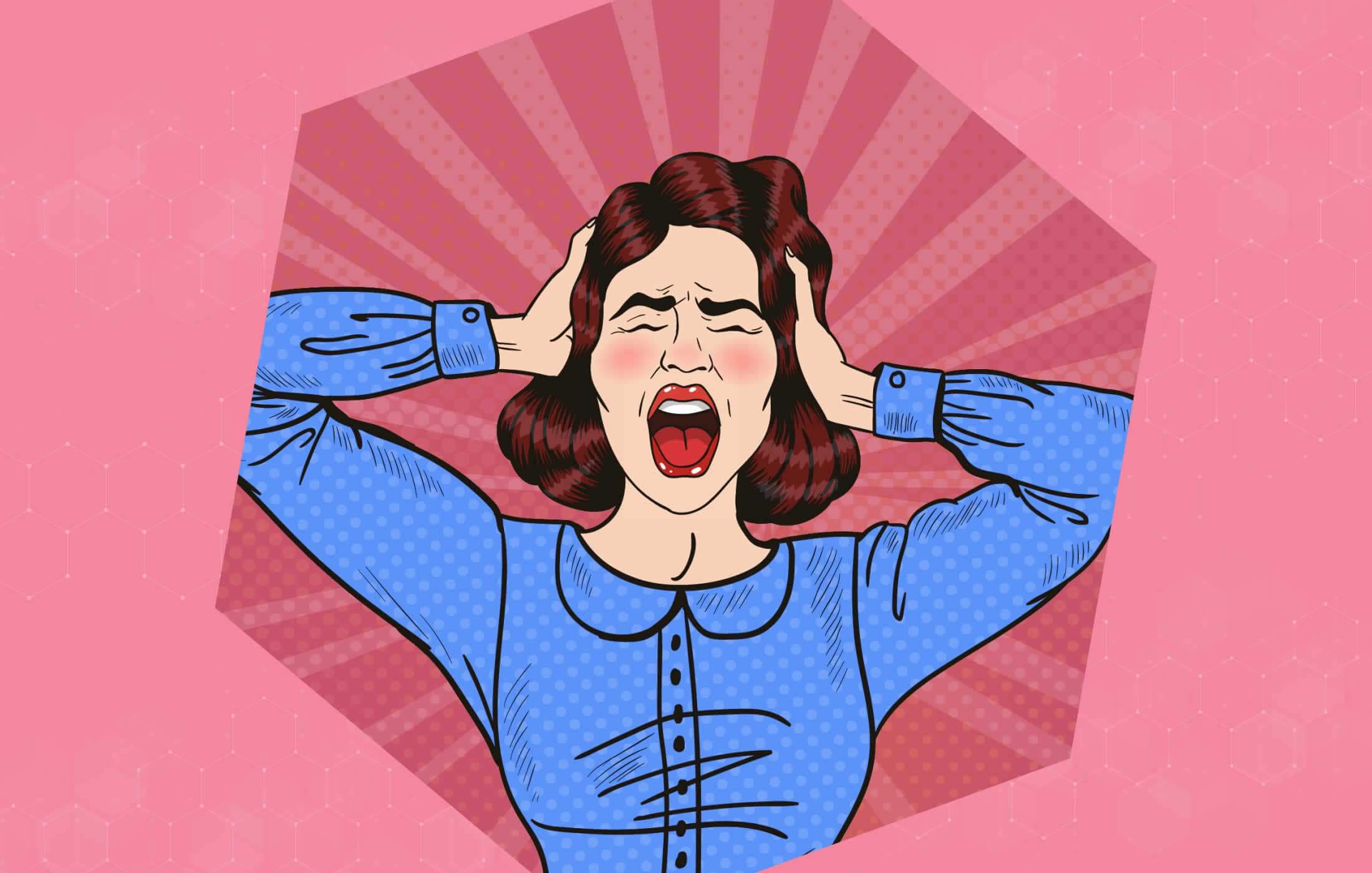Last updated on December 7th, 2022
Of the tens of thousands of women I’ve met, one of the more common hormonal patterns I see is estrogen dominance.
This is where estrogen levels are too high in relation to progesterone in the second half of a woman’s cycle. It can be due to too much estrogen, not enough progesterone, or both—which is commonly the case.
This imbalance can wreak havoc in a woman’s body.
Being estrogen dominant can affect the way you look, how you feel and your experience of your monthly cycle or menopause.
If a woman is of menstruating age, estrogen dominance—whether the result of excess estrogen and/or low progesterone—can be behind heavy and/or painful periods and PMS. It can also drive weight gain, particularly around the hips and thighs.
The good news is it is possible to get your hormones into a healthy balance naturally.
You can experience a period that simply shows up. No pain, no cramps, not clots, no tender breasts, no mood swings.
When estrogen levels are too high at any stage of the cycle, it is usually the result of the liver recycling estrogen, rather than detoxifying it. The liver has to change estrogen before it can be eliminated, but if the biochemical pathways for estrogen detoxification are congested and are too busy dealing with other “liver-loaders”, then the estrogen gets recycled.
When a woman has the symptoms of too much estrogen — which are typically heavy, clotty, painful periods, swollen, tender, congested breasts, and mood swings that usually involve irritability and/or sadness — it is liver health that must be addressed. In this case, you are estrogen-dominant, due to the liver not keeping up with the estrogen being generated inside you from the ovaries, adrenals and body fat cells, as well as from the environment’s plastics and pesticides. You may also have less progesterone than is ideal for you, and this, too, makes you estrogen-dominant, but in this case it is due to not ovulating or the ovary being a poor progesterone producer. While they are separate scenarios (excess estrogen and low/no progesterone), they can occur at the same time. If that is the case, the liver, the adrenals and the ovarian follicles need to be supported.
How do you support healthy estrogen detoxification via the liver? Here are some simple ways for you to consider incorporating into your lifestyle:
- Incorporate the Brassica genus of vegetables in your diet. These include broccoli, cauliflower, kale, cabbage, Brussels sprouts. Broccoli sprouts contain some of the highest levels of the substances you need for efficient estrogen detoxification, and are a great daily inclusion in your meals and/or nutritional supplements.
- You might like to try our Brilliant Brassica Soup, available from the recipe section here.
- Increase the plant food content of what you eat on a daily basis, as the liver utilises substances unique to plants for detoxification, beyond just the vitamins and minerals they contain.
- Be honest with yourself about how many liver-loaders you are consuming. Do you need to consume less alcohol, for example? Or take a break from it for two menstrual cycles? Be honest with yourself about your first response to this question.
- Increase the antioxidant content of what you eat on a daily basis, because, during the liver’s detoxification processes, what are known as reactive oxygen species (ROS) are thrown off. You need additional antioxidants to mop them up so that they don’t damage your tissues, which is one of the ways we age from the inside out. Antioxidants are found predominantly in coloured plant foods. Berries and blackcurrants are particularly high in some superstar antioxidants.









